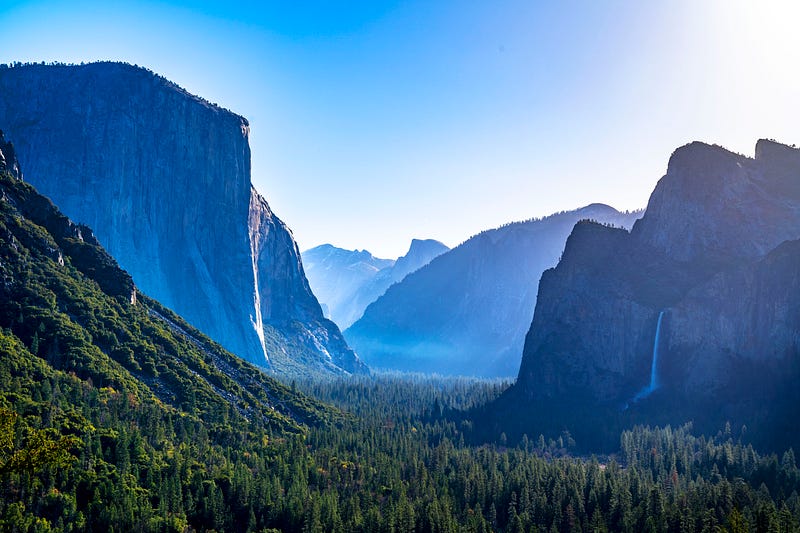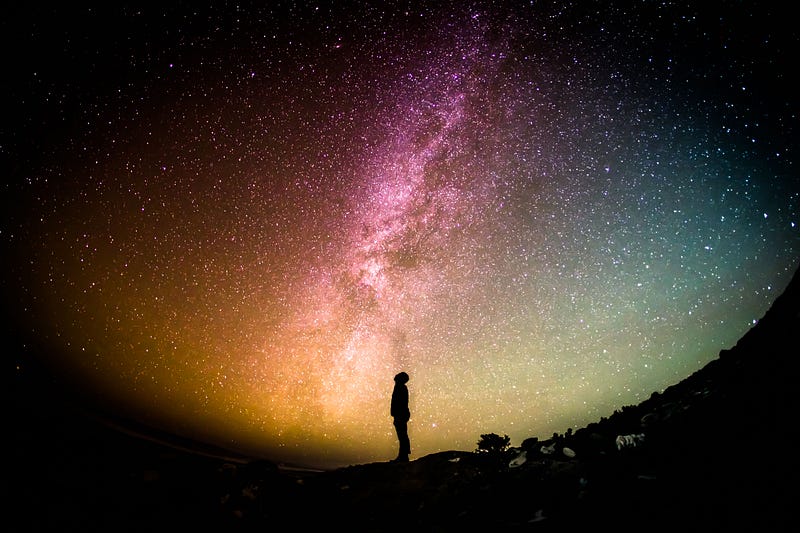Exploring Diverse Christian Views on Creation
Written on
Chapter 1: Introduction to Creation Perspectives
There are numerous perspectives within Christianity regarding creation, each rooted in Biblical interpretation. This topic has sparked considerable debate, particularly among scientists who often view it as a significant barrier to faith.
Here, we delve into the different interpretations of creation, which are not strictly tied to specific denominations, though some churches may formally adopt a stance. The implications of these views extend to our understanding of death, natural disasters, and human design, leading some believers to prioritize creation as a critical issue.
Section 1.1: Young Earth Creationism
Young Earth Creationism posits that the creation days described in Genesis 1 and 2 were literal 24-hour days. This viewpoint is widely embraced among evangelicals and supported by prominent theologians like R. C. Sproul and John MacArthur. Advocates of this perspective demonstrate a strong commitment to Biblical authority, interpreting the early chapters of Genesis literally. They often combine the concept of 24-hour days with Biblical genealogies to assert that the Earth is under ten thousand years old.
The global flood described in Genesis 6 is seen as the catalyst for much of the geological record, with the Cambrian explosion explained as fossils of creatures not aboard the ark. Moreover, this view denies the possibility of evolution, adhering to the idea that God created each species distinctly.
Strengths: - Strong adherence to a straightforward reading of the Bible. - No conflict with the notion of death before sin; all forms of death are viewed as occurring post-Fall. - The term ‘yom’ (Hebrew for 'day') is interpreted as a 24-hour period, especially when paired with a numerical designation.
Limitations: - A literal interpretation of the text is not consistent across all scripture. - Challenges established scientific findings like plate tectonics and light speed. - Relies on miraculous explanations for the flood, which can undermine its scientific credibility.

Section 1.2: The Gap Theory
The Gap Theory, which gained momentum in the 19th century, suggests a time gap between the first two verses of Genesis. This theory emerged as geology began to challenge literal creation interpretations due to discoveries in sedimentation and fossil records. Proponents argue that the Earth was formed long before the creation week detailed in Genesis, viewing the latter as a reconstruction rather than an original creation.
The theory posits that the devastation of the Earth is attributed to a rebellion led by Satan and his followers before humanity's creation. Fossils are seen as remnants of pre-Adamic beings involved in this rebellion.
Strengths: - Provides a framework that reconciles scientific findings with a literal reading of Genesis. - Accounts for the Earth being "formless and void" as described in scripture. - Offers a timeline for the angelic rebellion, occurring prior to human sin.
Limitations: - Lacks explicit support in other Biblical passages. - Suggests that the Earth studied by science is different from the Biblical Earth, contrary to the notion that nature reflects God’s glory.
Chapter 2: Other Creation Perspectives
The video "Five Views on the Age of Earth—Christian Perspectives" explores these varying interpretations, giving viewers a deeper understanding of how different Christians reconcile faith and science.
Section 2.1: Old Earth Creationism
Old Earth Creationism contends that the days of creation in Genesis represent vast epochs rather than literal days. This perspective encompasses various interpretations, such as a redefinition of the Hebrew word for ‘day’ or the integration of relativity to equate billions of years with the Genesis timeline.
Adherents affirm that humans were uniquely created by God and not the result of evolutionary processes. They propose that God has intervened at critical moments to introduce new species.
Strengths: - Aligns with scientific discoveries while affirming God’s creative role. - Acknowledges a literal creation period, even if not in 24-hour increments.
Limitations: - The Genesis narrative includes references to mornings and evenings, suggesting a 24-hour framework. - Faces challenges in addressing humanoid fossils and the implications of pre-Fall death.

The video "Five Reasons to Believe in Recent Creation (Intro)" offers insights into the arguments supporting recent creation views.
Section 2.2: Literary Framework Theory
The Literary Framework Theory posits that the Genesis creation account serves as a literary structure rather than a literal chronological account. Proponents draw connections between the first three days of creation and the latter three, viewing them as forming and filling. For example, light and dark are created on Day 1, while the sun, moon, and stars fill the heavens on Day 4.
Strengths: - Resonates with contemporary scientific understanding of the universe's age. - Highlights God's role in creation without asserting a rigid timeline.
Limitations: - Does not align with the natural reading of the text. - The correlation between the creation of the sky and its filling on successive days presents inconsistencies.
Section 2.3: Theistic Evolution
Theistic Evolution reconciles evolutionary biology with the belief in God as the ultimate creator. Proponents argue that God orchestrates the evolutionary process, allowing natural mechanisms to shape life on Earth. They interpret Genesis 1-11 as mythological narratives that outline God's character and expectations for humanity.
Strengths: - Aligns with modern scientific understanding, including evolutionary theory. - Maintains the belief in God as the creator.
Limitations: - Suggests a non-historical Adam and Eve, impacting salvation theology. - Must address the implications of pre-Fall death in the animal kingdom.

Conclusion
Thank you for engaging with this exploration of diverse Christian views on creation. I hope this discussion provides valuable insights into the various interpretations and their implications for faith and science. I welcome any further thoughts or insights you may have in the comments!